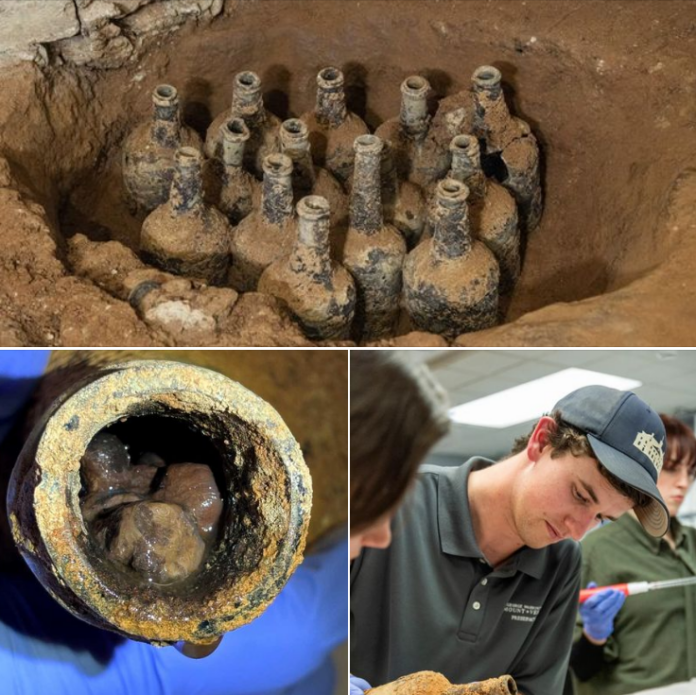The walls of Mount Vernon, the historic residence of American Founding Father George Washington, have long held the secrets of the past. However, recent discoveries beneath its floorboards have unveiled an extraordinary find: nearly 30 glass bottles containing “perfectly preserved” cherries and berries. This remarkable discovery offers a unique glimpse into the life and times of the 18th century, as well as the meticulous preservation techniques of the era.
Unearthing the Past
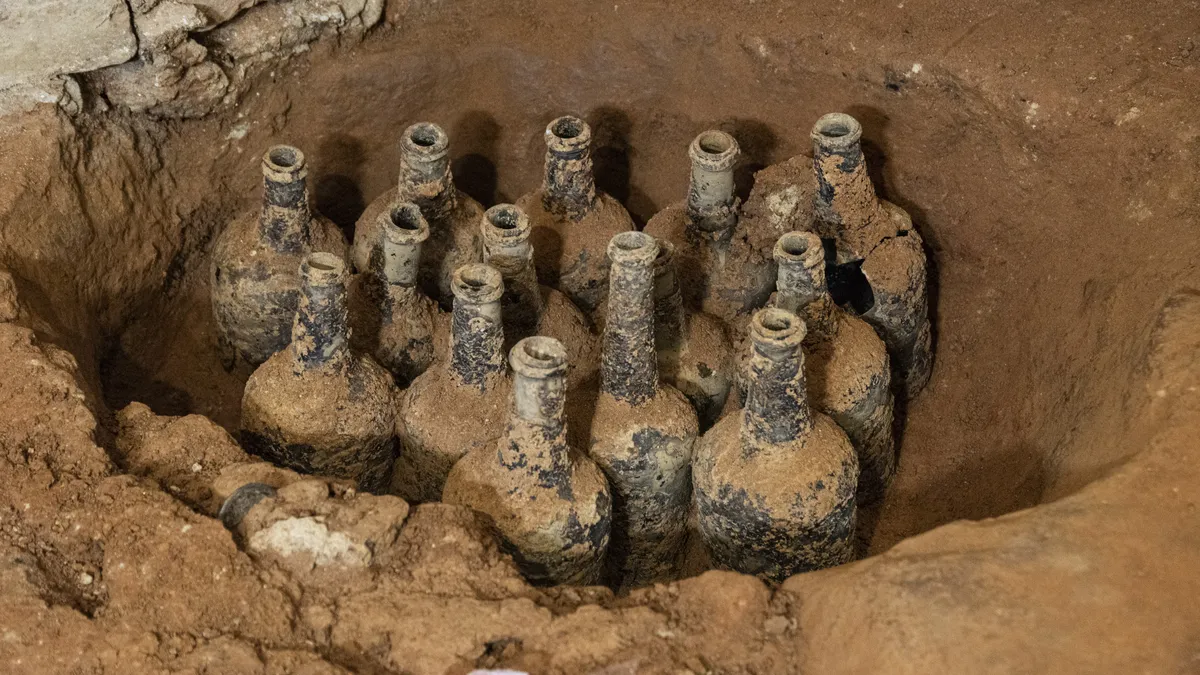
In May of this year, archaeologists working on the Mansion Revitalization Project—an initiative aimed at preserving this historic landmark—made a fascinating discovery in the mansion’s cellar. They unearthed two intact 18th-century bottles containing liquid, cherries, and pits. This initial find was just the beginning. The team has since uncovered an additional 35 glass bottles within the cellar’s storage pits, 29 of which were found intact with the fruit still preserved inside. The painstaking process of removing these fragile artifacts was slow but necessary to ensure their preservation.
Historical Significance
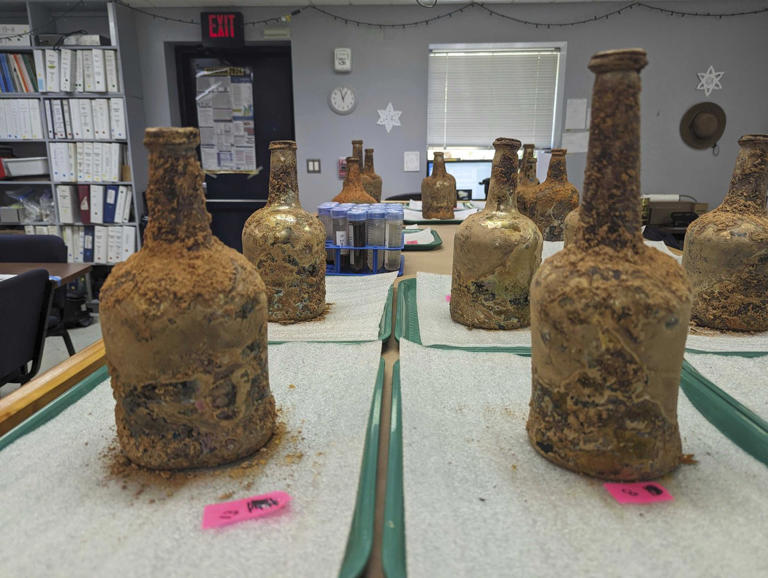
“These artifacts likely haven’t seen the light of day since before the American Revolution, perhaps forgotten when George Washington departed Mount Vernon to take command of the Continental Army,” said Mount Vernon President and CEO Doug Bradburn in a statement. The fragility of these bottles required the utmost care in their excavation and handling. To further investigate the contents of these bottles, the team at Mount Vernon has partnered with the United States Department of Agriculture’s Agricultural Research Service.
Scientific Analysis
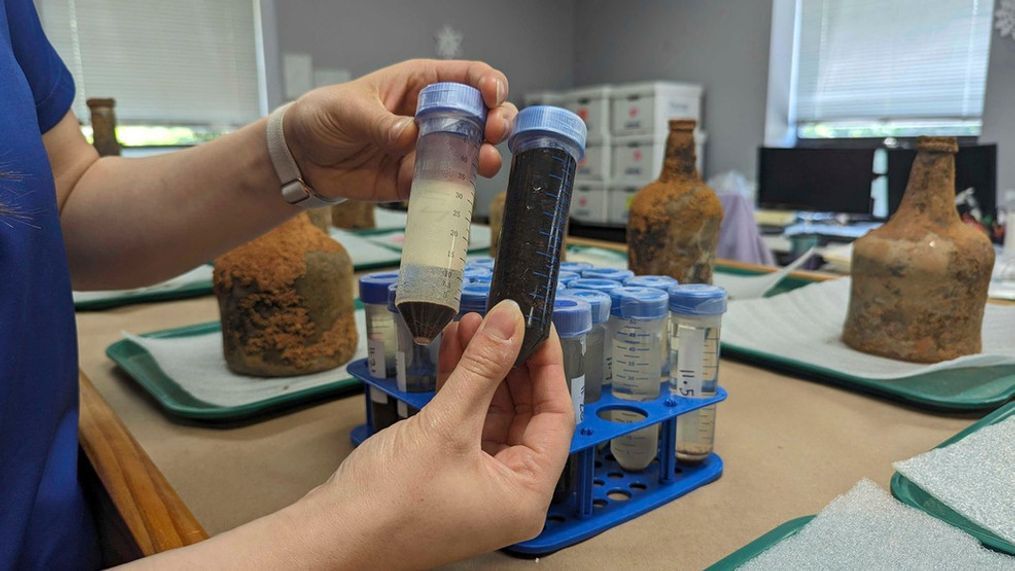
The investigation is still in its early stages, but so far, the team has uncovered 54 cherry pits, 23 stems, and cherry pulp, likely from a more acidic variety of fruit, which helped preserve them. Additionally, the presence of berries, believed to be gooseberries or currants, has been noted. DNA analysis is expected to reveal the exact species of cherries, with hopes that the pits might eventually be used to bring the ancient fruit back to life. However, this is a challenging endeavor. As Victoria Meakem, a molecular biologist at the Plant Genetic Resources Unit, told The Washington Post: “We broke open a few pits, and they were waterlogged, so that kills the potential to germinate it. But it’s something we’ve thought about.”
Preservation Techniques
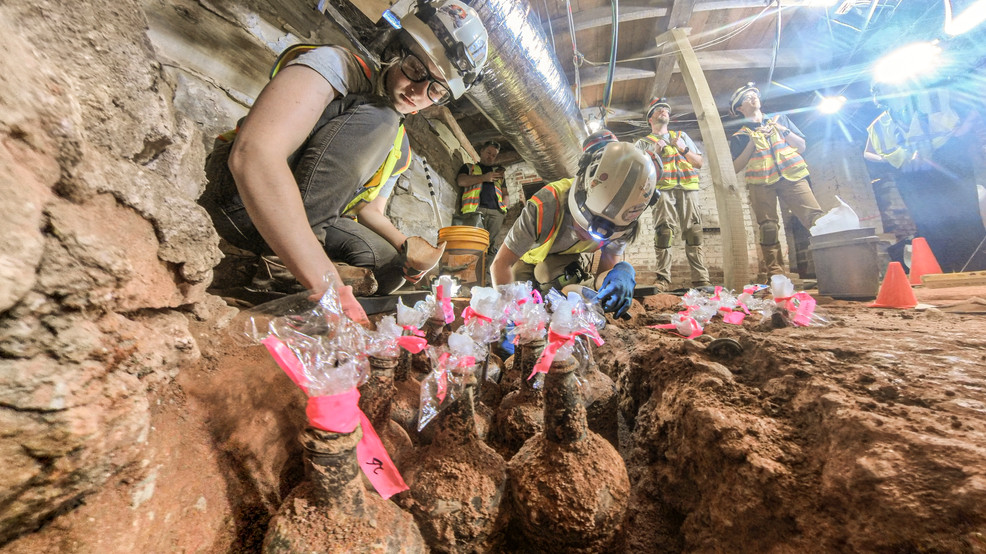
Microscopic analysis has revealed intriguing details about how the cherries were picked—by neatly snipping them from the trees with shears, purposefully leaving the stems attached. This indicates a careful and deliberate preparation process. “These perfectly preserved fruits picked and prepared more than 250 years ago provide an incredibly rare opportunity to contribute to our knowledge of the 18th-century environment, plantation foodways, and the origins of American cuisine,” said Mount Vernon Principal Archaeologist Jason Boroughs.
A Testament to Skill
The bottles and their contents also highlight the skill and knowledge of the enslaved people who were responsible for the meticulous food preparations at Mount Vernon. Boroughs continued: “The bottles and contents are a testament to the knowledge and skill of the enslaved people who managed the food preparations from tree to table, including Doll, the cook brought to Mount Vernon by Martha Washington in 1759 and charged with oversight of the estate’s kitchen.” Unfortunately, not everyone at Mount Vernon had the opportunity to sample this preserved cuisine, as it was a privilege likely reserved for the estate’s owners.
Conclusion
The discovery of these “perfectly preserved” fruits offers a rare and fascinating insight into the past. It not only sheds light on the preservation techniques of the 18th century but also honors the skill and knowledge of the enslaved people who played a crucial role in the day-to-day operations of Mount Vernon. As the investigation continues, these artifacts promise to contribute significantly to our understanding of early American history and the origins of American cuisine.
